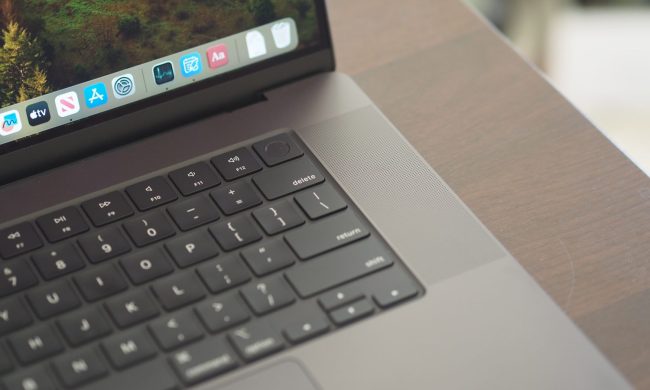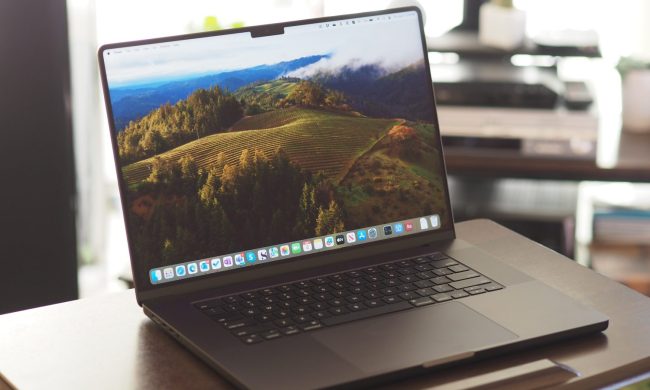With plenty of Macs now running on Apple’s in-house silicon, it’s time to look at the lineup and answer that age-old question: Is now a good time to get a MacBook Pro?
As always, the answer varies based exactly on what you need. We’ve taken a look at each of the available MacBooks to determine which ones are and are not worth it for most consumers. We compared the MacBook Pro 16 to the M1 MacBook 13. We also compared the M1 MacBook Pro 13 against the M1 MacBook Air.
Should you buy an Intel-based MacBook Pro?
Let’s address the elephant in the room. Should you even bother buying an Intel-based MacBook Pro at this point? For the most part, the answer is “no.” There is a condition to that, though, and we will get to it in a bit.
However, for most pro-level users, the M1 MacBook Pro 13 trounces the competition. Apple nailed the transition to ARM, and users will experience minimal or no bugs and no discernible difference in day-to-day use. That’s thanks to Apple’s Rosetta 2 translation layer that allows it to run Intel-optimized apps. This translation will minimally impact the battery life, but this will improve as more apps are natively optimized for the M1 chip.
Should you buy a 16-inch MacBook Pro?
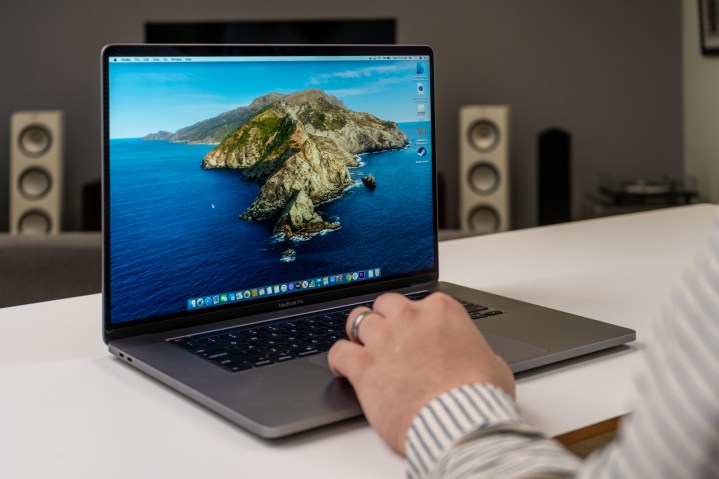
After many long months of speculation, Apple finally launched the MacBook Pro 16 in December 2019. Although not earth-shattering, it came with many quality-of-life improvements that were sorely needed, making it one of the best MacBooks Apple has launched in years — at least, before the M1 MacBooks followed a year later.
Among those improvements were a vastly improved keyboard, thinner bezels, superb speakers, and AMD Navi graphics cards. Those features don’t come cheap, with the MacBook Pro 16 starting at $2,399, but seeing as that’s the same starting price of the MacBook Pro 15 (which has now been discontinued), things could have been a lot worse.
However, that price is still something of a stumbling block. It’s a lot to pay if all you want are the comfortable keyboard and thinner bezels, so much so that we recommend most people actually shouldn’t buy it. If you have fairly modest needs, it’s better to either opt for a MacBook Air or MacBook Pro 13 — both of which have excellent chips — or wait for this year’s MacBook Pro 14, which is slated to have thinner bezels.
Having said that, if you’re a power user then the MacBook Pro 16 is still worth it. Our review uncovered some impressive performance results, with the MacBook Pro 16’s all-new cooling system allowing its components to really work to the best of their abilities. If you’re upgrading from a MacBook Pro 15 — even one from earlier in 2019 — you’ll notice a significant performance improvement. For instance, the MacBook Pro 16 rendered a two-minute
All of that said, if you can make a screen-size sacrifice, the new M1-powered MacBook Pro 13 is an intriguing alternative. It handily beats the base models of the MacBook Pro 16, and at nearly half the cost. However, if you really spec out the MacBook Pro 16, it still holds a lead over the M1 chip.
That ultimately has diminishing returns, though. Yes, the MacBook Pro 16 outperforms the M1 MacBook Pro 13, but at a much higher cost, and with rumors of an M1X chip on the horizon, that performance gap looks less and less significant.
Ultimately, unless you need the highest performance possible immediately, we suggest waiting it out for an M1 model of the MacBook Pro 16.
Is the 15-inch MacBook Pro still worth considering?
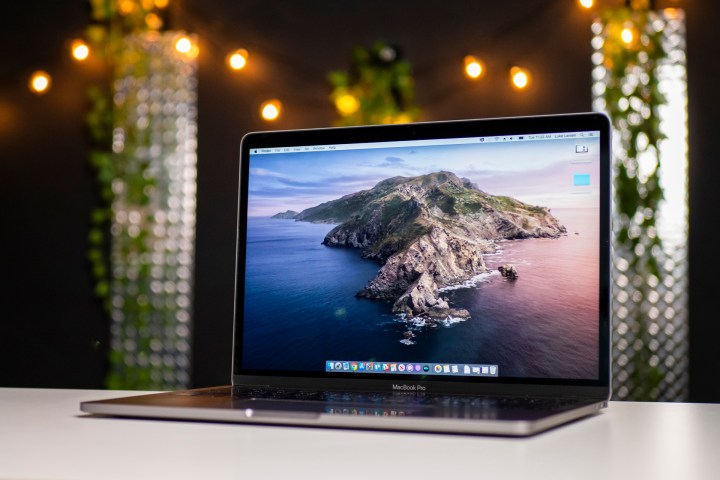
No. There isn’t any appeal to the MacBook 15 anymore. Even if you can get a pretty good deal on it, the M1 MacBook Air is still probably cheaper and vastly superior in terms of performance. Plus, there is the downside of the butterfly switch keyboard, which many users find to be uncomfortable.
If you want to save some money and still get a great MacBook, the M1 MacBook Air is nearly flawless for most users.
What about the 13-inch MacBook Pro?
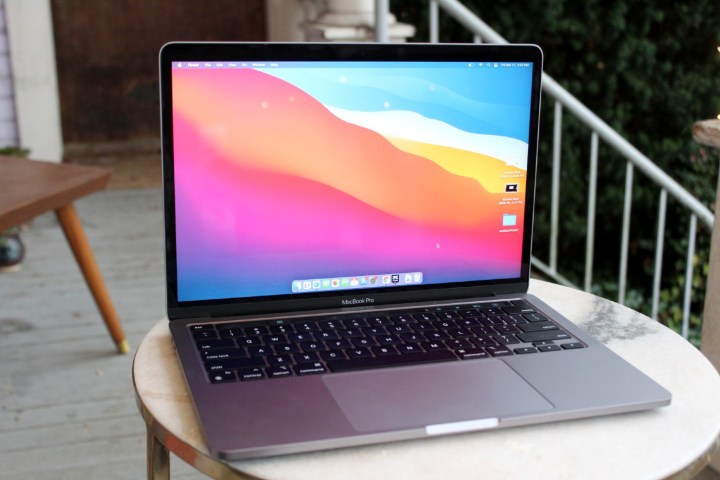
This is where things get interesting. On the one hand, the M1 MacBook Pro 13 is objectively the best iteration of the device in years. On the other hand, if you’re a professional, there is probably a more capable device on the horizon. Let’s look at what the M1 MacBook Pro 13 can do, how it stacks up with the rest of the M1 lineup, and what might be coming in the future.
On the surface, the MacBook Pro 13 looks like its predecessors, which is no bad thing. It has the scissor-switch Magic Keyboard, impressive speakers, and a True Tone display. The Touch Bar is still there and still not living up to its potential. What’s different about this device is what’s under the hood.
The M1 is unique because it brings the CPU,
The price is just the same as last year, starting at $1,299. That’s a significant performance boost for the lineup without a price increase, which is what many suspected when Apple transitioned to in-house silicon. The M1 MacBook Pro 13 also has active cooling, which helps the M1 chip run under sustained loads and makes it great for more intensive work. It outperforms the MacBook Air thanks to this setup, whereas the Air has no fan at all.
The MacBook Pro 13 also has incredible battery life, and that is the main difference between it and the M1 MacBook Air. The MacBook Pro 13 can last between 17 and 20 hours depending on the tasks it runs, which is nearly triple the battery life we found in last year’s model.
So, is the new MacBook Pro 13 worth it? If you’re a budding content creator or a professional who doesn’t need the highest performance possible, then yes. Its impressive sustained performance and longer battery life justify bumping up from the M1 MacBook Air. However, if you currently have a MacBook Pro 15 or 16, hold out just a bit longer. With an M1X chip in the foreseeable future, it would be worth waiting to see what else Apple has in store for us.

